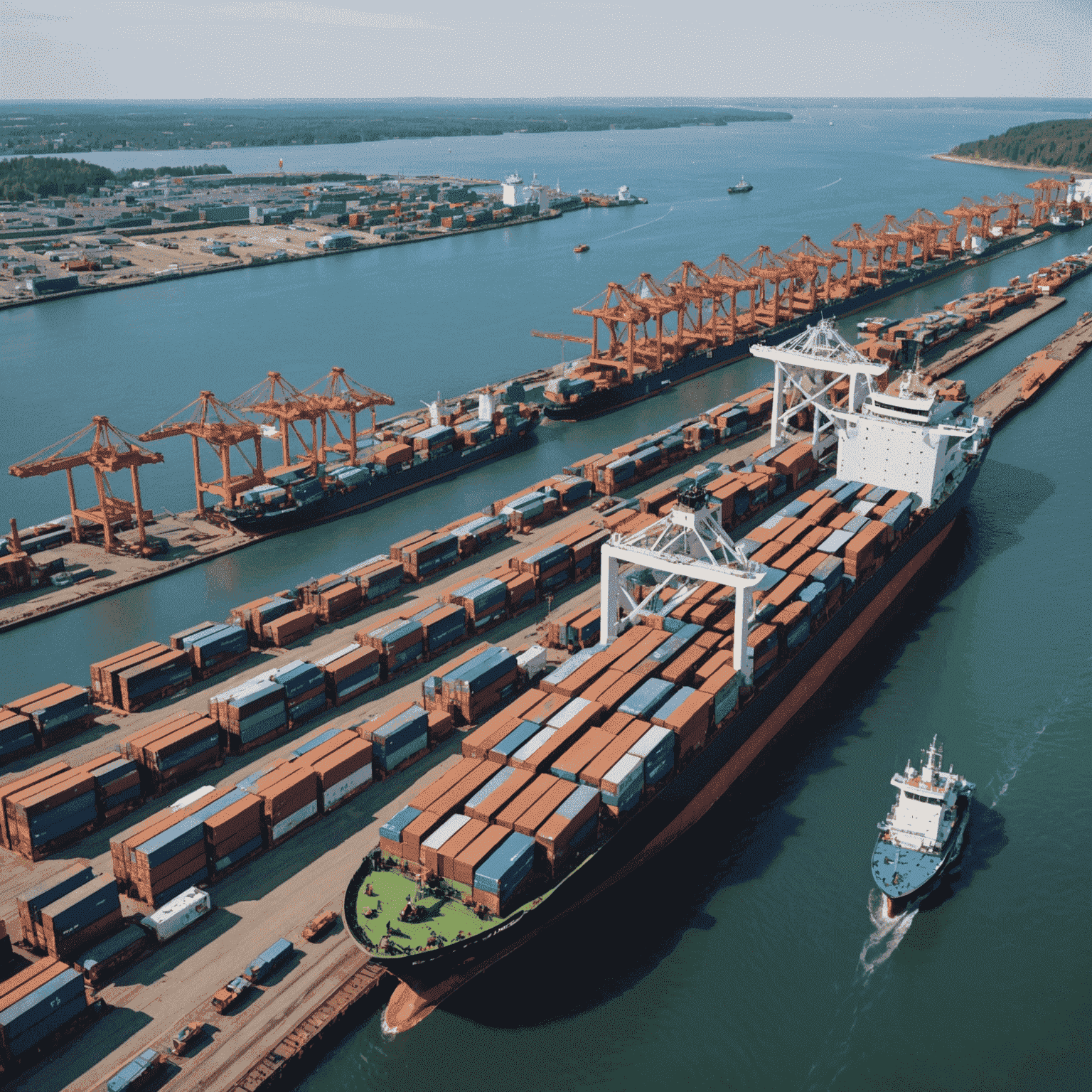Cargo Industry Trends: Navigating the Canadian Market

The Canadian cargo transportation industry is experiencing significant shifts as we navigate through 2024. From technological advancements to regulatory changes, let's explore the key trends shaping the sector.
1. Digitalization and Automation
Canadian cargo companies are increasingly adopting digital solutions to streamline operations. Automated tracking systems, AI-powered route optimization, and blockchain for secure documentation are becoming standard practices. This digital transformation is enhancing efficiency and transparency across the supply chain.
2. Sustainable Transportation
With Canada's commitment to reducing carbon emissions, the cargo industry is shifting towards more sustainable practices. Electric and hydrogen-powered vehicles are being introduced for short-haul transportation, while biofuels are gaining traction for long-distance shipping.

3. Last-Mile Innovation
The e-commerce boom has put a spotlight on last-mile delivery. Canadian companies are experimenting with drone deliveries in remote areas and implementing smart locker systems in urban centers to meet the growing demand for fast and flexible delivery options.
4. Arctic Shipping Routes
As climate change opens up new shipping lanes in the Arctic, Canadian cargo companies are exploring these routes to reduce transit times between Asia and Europe. This development presents both opportunities and challenges for the industry.
5. Regulatory Compliance
The implementation of the Canada-United States-Mexico Agreement (CUSMA) has brought new regulations to cross-border transportation. Cargo companies are adapting their processes to ensure compliance while maintaining efficient operations.

6. Workforce Development
The Canadian cargo industry is facing a labor shortage, particularly in trucking. Companies are investing in training programs and improving working conditions to attract and retain skilled workers. Additionally, there's a growing focus on diversity and inclusion initiatives within the sector.
Conclusion
The Canadian cargo transportation industry is at a pivotal point, balancing innovation with sustainability and efficiency. As these trends continue to evolve, companies that adapt quickly and embrace change will be best positioned to thrive in this dynamic market.